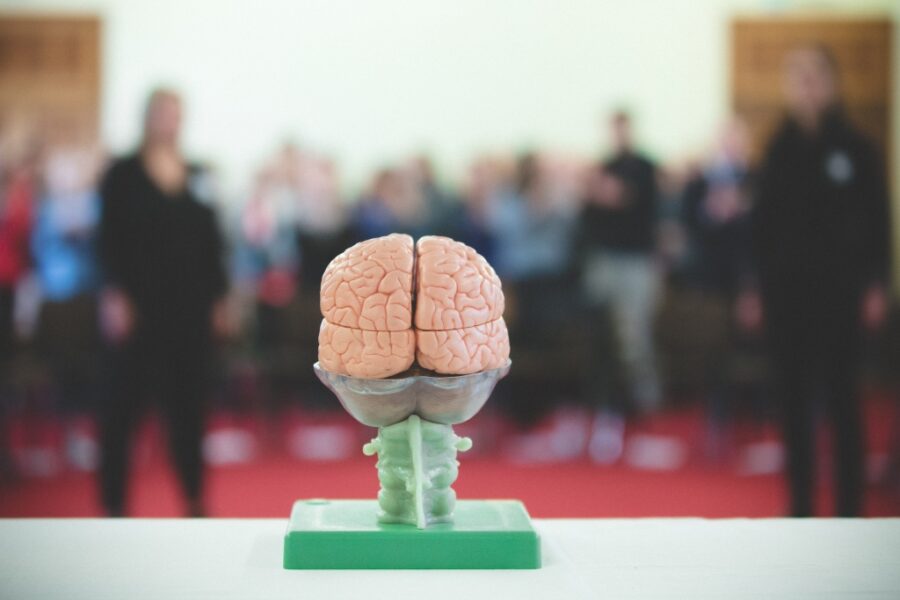
Teaching leadership with the brain in mind
Condividiamo con voi una pubblicazione del Dr. Al H. Ringleb su The Handbook for Teaching Leadership: Knowing, Doing, and Being dal titolo TEACHING LEADERSHIP WITH THE BRAIN IN MIND.
Da anni, la ricerca neuroscientifica influenza il modo in cui gli studiosi di leadership pensano al cervello e ne condiziona l’insegnamento specifico. Questo rappresenta un excursus su come la metodologia CIMBA abbia definitivamente modificato il modo di trasmettere e sviluppare doti di leadership verso una nuova frontiera della formazione che contempla sia conoscenze tecniche sia quelle che vengono oggi definite soft skills.
Nell’articolo vengono svelati gli assessment e la tecnologia usata durante i training per permettere ai partecipanti di comprendere definitivamente come diventare leader di successo.
Abstract
Bolstered over the past decade by the advent of affordable and effective brain-imaging technology, neuroscience research is begin-ning to influence how leadership scholars both think about the brain and view the contribution neuroscience can make to further-ing our understanding of leadership generally and to teaching lead-ership more specifically.
Based on this research, readily available technology capable of measuring an individual’s psychological data in real-time has the potential to make significant contributions to leadership-learning environments, particularly as it relates to stu-dents gaining an experiential understanding of the fundamental relationship between cognition and emotion.
In this article the authors look at how such technology and the neuroscience research 23 370 N The Handbook for Teaching Leadership that supports its use are impacting learn-ing environments at CIMBA, an interna-tional MBA program located in Italy and headed by the University of Iowa.
At CIMBA, MBA students are wired up and measured using nonintrusive, wire-less technology to support a broad range of learning events and activities from traditional classroom discussions and team-based exercises to specifically designed emotion elicitation business simulations.
Although leadership is just at the beginning stages of teaching and developing leaders with the brain in mind, the authors are encouraged by the observed results and motivated by the opportunities for further research.
Oddly, despite B schools’ scientific emphasis, they do little in the areas of contemporary science that prob-ably hold the greatest promise for business education: cognitive science and neuroscience.
Articolo Completo su researchgate.net

